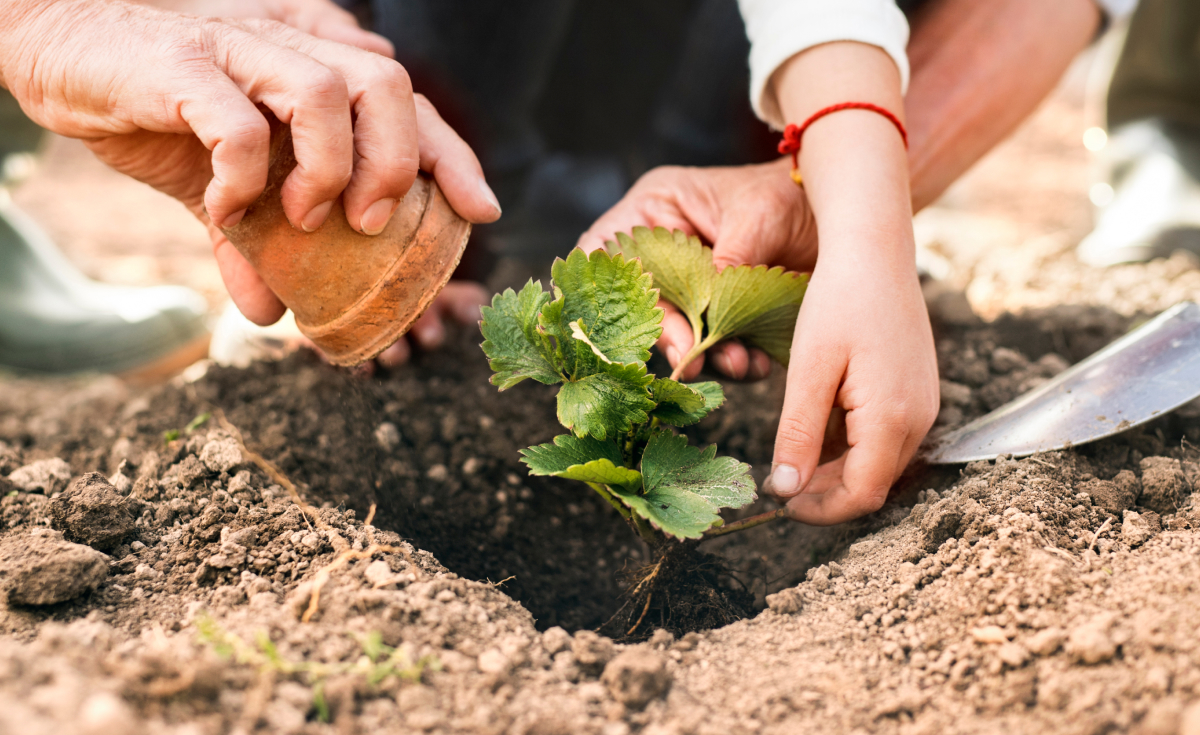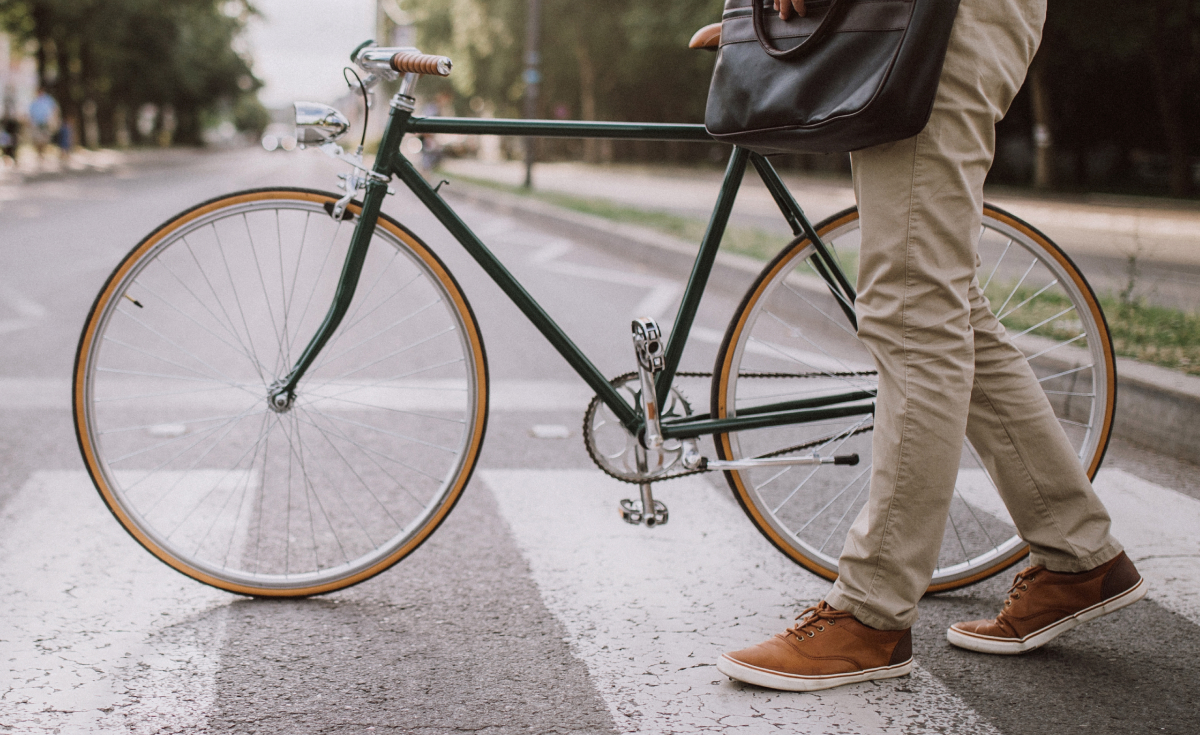
by Emma Culhane | 23 November 2020

The Ultimate Guide to Being More Environmentally Friendly
There’s never been a better time to live a more environmentally conscious life. And at ESB Energy, we’re doing all we can to pave the way to a brighter future.
But creating change doesn’t mean you have to invest in solar panels, hybrid cars or anything else before you’re ready. Instead, there are a lot of easy changes you can make that are just as positive for your carbon footprint.
Whether you’re looking to go zero-waste or are simply wanting to discover ways you can make a sustainable difference in your busy, every-day life, we’ve got some tips to get you started.
1. Recycle, recycle, recycle
A simple, but nevertheless important step, recycling is an easy way to immediately begin living a more sustainable life. And chances are, you’re recycling already.
Nevertheless, you could probably recycle even more items than you are right now – from batteries to cars to your mobile phone. Most mobile networks, for instance, offer in-store drop-offs for old mobile phones which they’ll then recycle for you.
Before you throw it away, spend a few minutes looking into if there’s a way you could recycle it instead. And just think: when we, collectively, recycle just one ton of plastic, we help save 5.774 KWh of energy – that’s equivalent to the energy consumed by two human beings for a year! Right now, that means we’re all helping to save around 190 billion KWh of energy.
2. Switch disposables for renewables
You might not realise it, but there are a bunch of easy switches from disposable products to renewable ones you could probably make today – and they’ll make your life easier, too.
Carry a reusable coffee flask and water bottle and pop a reusable straw or two into your pocket or handbag, and you’re good to go.
Wherever possible, you can also replace disposable razors for an eco-friendly safety razor; throw-away batteries for rechargeable ones; and swap disposable ink cartridges, coffee filters and air conditioner ones for refillable ones.
3. Say no to plastics
Plastic is a brilliantly versatile material. It’s little wonder then, that since its popularity started growing in the 1960s, we’ve begun using plastic for nearly everything. And this is where the issue lies – more and more, convenience has trumped consciousness. But with a couple of small tweaks, you can drastically and easily reduce your plastic waste.
The simplest way to begin cutting your plastic is grocery shopping. Replace your plastic bag with a canvas one, buy loose fruit and veggies – or use a reusable mesh veggie bag. Please do your best to avoid single-use plastic bottles, straws and forks.

4. Fix it, don’t throw it away
In this day and age, we’ve all been taught to think in disposable terms. That means, when something no longer works, our first instinct – a lot of the time – is to throw it in the bin. But when you repair something, you’re helping to reduce the waste we put into landfills – and it will likely be easier on your pocket, too, than buying a new item. If you can’t fix it, think about whether you can possibly use it for anything else.
5. Consider a more flexitarian lifestyle
Your eating habits are one of the most profound ways you can practice being more eco-friendly every day, and eating fewer animal products – meat, in particular – is the simplest and easiest way to do that. Because of the carbon emissions that come along with beef farming, eating one less burger is the equivalent of taking your car off the road for 320 miles and skipping the steak for just one week would be the same as not driving your car for almost three months.
6. Give composting a go
As much as you try, sometimes you reach for something in your fridge and are met with a long-past best-before date. When your food’s gone bad, composting it – as opposed to tossing it in the bin – is a quick way to reduce greenhouse gas emissions.
That way, less waste ends up in the landfill as the food won’t break down anaerobically, which results in a build-up of methane gas. Composting is also a fun, practical way to create natural fertiliser for your garden. And if you live in an apartment, lots of areas will collect your compost waste, too, along with your recycling and rubbish.
7. Are you going to finish that? Avoid food wastage
Ensuring you only buy or serve up food you are sure you’re going to eat is one of the simplest ways to live a greener life. When we throw food away, the effects are massive: a waste of resources and energy as well as an increase in greenhouse gas emissions, for starters. Begin by giving your meals a little more thought and grocery shopping – as well as serving yourself a portion – consciously. Just because there’s a two-for-one special on that bag of spinach, doesn’t mean you’re going to use it.
8. Sustainable scrubbing: switch to eco-friendly cleaning products
Cleaning products might well not be the first thing that come to your mind when you think about sustainable living, but switching yours for their eco-friendly equivalents is an easy, nicer-smelling and healthier step for you and our planet.
The reason is, a lot of cleaning products are made up of particularly harmful chemicals that aren’t environmentally conscious to produce, use, or dispose of. Green cleaning products are easier and easier to find – most supermarkets have an own brand today – and they use more natural, organic methods of cleaning that are far less harsh for your home and the environment.

9. Drive less
Sometimes, driving somewhere in your own car is just far more convenient. But when you can, hopping on a bike, bus or tube – or walking! – is the way to go. When you do drive, you can make it a more eco-friendly journey by keeping your speed down and making sure your tyres are inflated properly and that your car engine is running smoothly.
10. Order your food shopping online
When you think green-living, you might not immediately think of having your groceries delivered. But when you order your weekly food shopping online, you’re making a great eco-friendly choice, as well as saving on the time taken for a trip to the shops, too, because home delivery is the public transport of grocery shopping. Why? Because it means, as opposed to 30 different people from the same area all driving themselves to the supermarket in their own, individual cars, one delivery van will deliver to everyone in that area instead. Win-win.
11. Take care when choosing personal care
When it comes to personal hygiene, there are a couple of simple switches you can make to be more environmentally friendly that you might not have even know about. Plastic and face scrub, for instance, probably aren’t two things you associate all that often with one another. But the reality is a little more interesting: some shower gels, scrubs and face washes contain tiny, plastic ‘exfoliating’ microbeads – tiny balls of solid plastic that don’t biodegrade when they wash down the drain, but ends up in our oceans instead.
The good news is, these are gradually being phased out across the world. But for now, be sure to do some research and double check your toiletries are eco-friendly and microbeads free.
12. Plant a tree
You’ve heard this one, but there’s a reason planting a tree is such a widely-used chestnut of eco-friendly living. Planting native trees in areas that have been felled is a huge help when it comes to ecological sustainability, because without them, stable ecosystems can’t function the way they should.

13. Choose local
No matter what we purchase – from our winter coats to our bananas – that particular product has made a journey to make its way into your hands or online shopping basket. From clothes to food, when we purchase things that are locally made – that is, produced closer to where you live – the smaller the carbon footprint of that item. Added to this, you’ll be supporting local businesses and helping your local economy grow.
14. Opt for paperless billing
Choosing paperless billing is a step that you can more than likely make right now, from the comfort of your laptop or mobile phone. Most companies offer e-billing, which simply means you’ll receive your bills electronically, usually via email.
At ESB Energy, we pride ourselves in making the little changes and the big ones – and helping you do the same. Which is why, when you sign up with us, you’re automatically signed up for paperless billing.
15. Take care of your wardrobe
When you think sustainability, you might not immediately think of your clothes. Many clothes release tiny plastic microfibres every time we do our laundry which get into our waterways and our oceans.
To reduce this, try washing your clothes at a lower temperature. Remember to fill up your washing machine. Both of these will use less energy, cause less microfibre loss and increase the shelf life of your clothes.